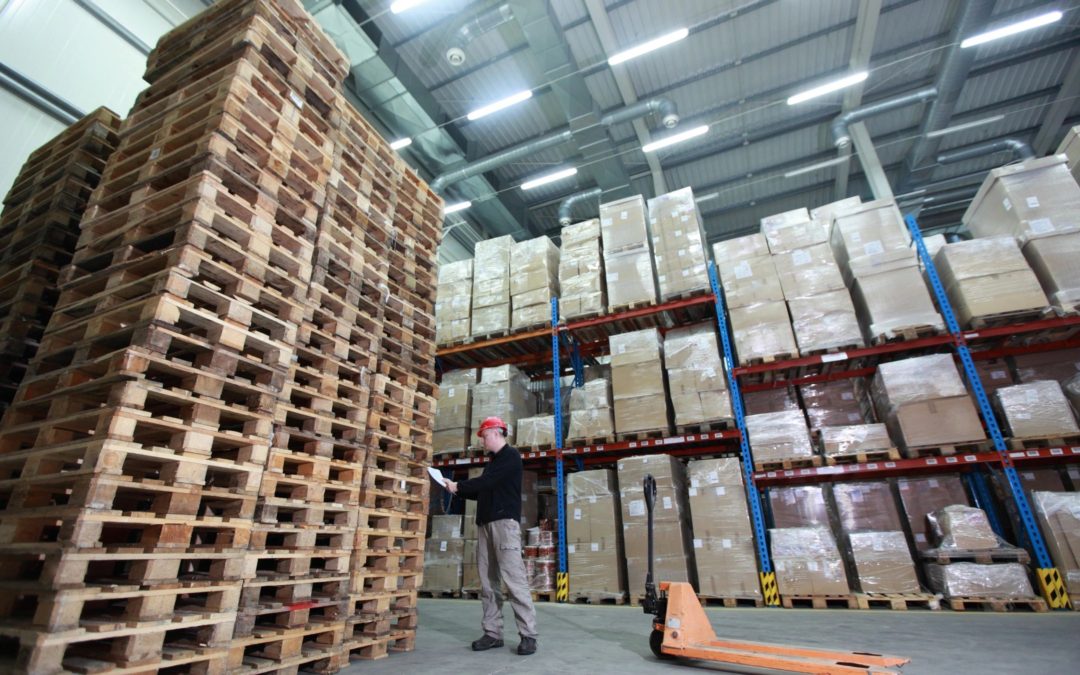From receiving and tracking inventory to picking, packing, and shipping, and a ton of other tasks in between warehouse management can be challenging. By continuously measuring warehouse KPIs (key performance indicators) managers will be able to identify areas for improvement while reducing costs and increasing customer satisfaction. Below are seven of the top warehouse KPIs to measure efficiency month-to-month.
- Receiving Efficiency
Warehouse operations begin with receiving inventory. While it seems like this should be a straight forward process there is a lot involved that can make it tricky. Being the first of many important tasks it is crucial to measure the time it takes for inventory to be counted, booked in, and ready to put away. By recording these times managers will be able to calculate an average for the month and use it to compare performance. - Picking Accuracy
Order picking is another vital task in the warehouse. Incorrectly picked orders lead to returned items and increased costs to correct the mistake. They have a huge impact on costs, customer satisfaction, and reviews. Starting with an organized warehouse is one way to gain control over picking accuracy. By making use of the right racks and shelves warehouse workers will have less hassle and more productivity when picking orders. - Carrying Cost of Inventory
The longer an item sits in the warehouse the more it costs your business so measuring the cost of carrying an item is an essential number to keep track of. Carry cost of inventory is a KPI that shows exactly how much it costs to hold stock in the warehouse over a specific timeframe. The benefits of measuring carrying cost of inventory is warehouse managers will be able to see how much profit your current inventory will bring and also help make more informed buying decisions. - Inventory Turnover
Similar to carrying cost of inventory is inventory turnover. Inventory turnover is essentially the frequency at which inventory is sold out. The faster the warehouse is able to move inventory the cheaper it is to store and the more profit you’ll be able to make. By tracking inventory turnover managers will be able to see which items are most popular and gauge future purchasing decisions. Inversely it will also show which items aren’t selling and if reduction strategies need to be put in place. - Rate of Return
Determining the rate of return is a simple but crucial warehouse management KPI. Since it determines how often items are being returned it provides insight into overall customer satisfaction. In order to gain the most its best to separate out the reason’s customers are returning items. For example, if the reason for returning an item is due to it being the wrong item warehouse managers will know their picking process needs to be monitored closer. - Backorder Rate
Backorder rate gives deeper insight into the success of your forecasting. With a high backorder rate comes a lot of orders for items that are not currently in stock and if it is consistently high then it is likely due to poor planning. Keeping track of backorders along with inventory turnover will increase warehouse forecasting accuracy. - Order Lead Time
Order lead time is simply the average amount of time it takes for customers to receive their orders. The lower you can keep your order lead time the more satisfied your customers are going to be. As long as your orders arrive correctly and undamaged, you’ll be able to increase your customers order cycle time leading to greater profits.
All warehouse managers are striving for operational efficiency in order to keep costs low and profits high. By implementing these KPIs in the warehouse managers will be able to run a cost-efficient and streamlined warehouse that keeps inventory moving smoothly and customers highly satisfied.

